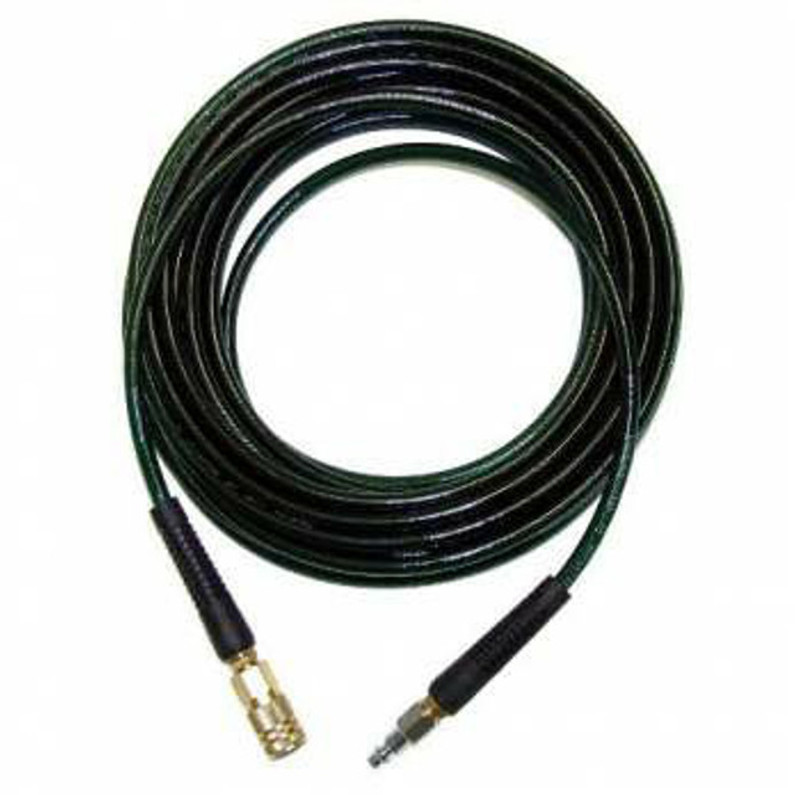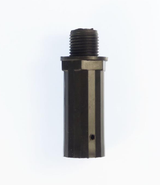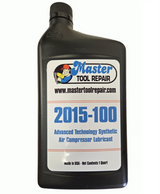Extending Hose Life – Best Practices for Storing & Maintaining Air Hoses
Air hoses are the lifelines of many pneumatic tools, but they’re often overlooked until a leak or burst brings work to a halt. Proper storage and maintenance aren't just about saving money on replacements; they’re about ensuring efficiency, safety, and consistent performance. Let's dive into the best practices to keep your air hoses in top condition for years to come.
Why Your Air Hose Deserves Attention
Think of your air hose as a crucial, yet vulnerable, component. It’s constantly dragged, stepped on, exposed to the elements, and subjected to varying pressures. Neglecting it can lead to:
- Loss of Pressure: Small cracks or abrasions can cause air leaks, reducing the efficiency of your tools and increasing compressor run time.
- Safety Hazards: A sudden hose rupture can be dangerous, especially with high-pressure applications. Frayed hoses can also cause tripping hazards.
- Downtime & Costs: Frequent replacements interrupt workflow and add unnecessary expenses.
Best Practices for Storing Your Air Hoses
Proper storage is the first line of defense against premature wear and tear.
- Coil Neatly, Don't Kink:
- The Problem: Kinks are the enemy! They weaken the hose's structure over time, leading to cracks and reduced airflow.
- The Solution: Always coil your hose neatly after use. Start from the tool end and work your way back, or use the "over-under" method for a truly kink-free coil.
- Pro Tip: Avoid wrapping hoses too tightly around small objects, as this can also create stress points.
- Use Hose Reels:
- The Advantage: Hose reels are a game-changer for organization and protection. They keep the hose off the ground, prevent tangles, and make coiling effortless.
- Types: Manual hand-crank reels are great for portability, while automatic retractable reels offer ultimate convenience for fixed workstations.
- Consider a reel with a guide arm to ensure even layering of the hose.
- Protect from the Elements:
- The Danger: UV light, extreme temperatures, and moisture can degrade hose materials (rubber, PVC, polyurethane) over time.
- The Solution: Store hoses indoors in a cool, dry place away from direct sunlight. If working outdoors, try to keep hoses out of direct sun when not in use.
- Never leave hoses lying in puddles or exposed to harsh chemicals.
- Avoid Sharp Edges and Heavy Objects:
- The Risk: Dragging hoses over sharp corners or leaving heavy tools on top of them can cause cuts, abrasions, and internal damage.
- The Fix: Be mindful of where you lay your hoses. Use hose protectors or routing guides when going around corners. Hang hoses on hooks or store them on shelves rather than in a heap on the floor.
Best Practices for Maintaining Your Air Hoses
Beyond storage, a little regular maintenance goes a long way.
- Regular Inspection:
- What to Look For: Before and after each use, visually inspect the entire length of the hose for:
- Cuts, cracks, or abrasions on the outer jacket.
- Bulges or soft spots indicate internal damage.
- Fraying or damage near the fittings.
- Corrosion or leaks around the couplings.
- If you find significant damage, replace the hose immediately. Don't risk a failure.
- Clean as Needed:
- The Build-up: Dirt, oil, and chemicals can accumulate on the hose, degrading its material.
- The Method: Wipe down dirty hoses with a damp cloth and mild soap. Rinse thoroughly and dry before coiling. Avoid harsh solvents that can attack the hose material.
- Check Fittings & Couplings:
- Leak Points: Fittings are common areas for leaks. Ensure all connections are tight and secure.
- Maintenance: Lubricate quick-connect couplings periodically with a few drops of pneumatic tool oil to keep them sealing properly and prevent wear. Replace worn O-rings or damaged fittings promptly.
- Never try to "fix" a leaking fitting with excessive force; replace the damaged component.
- Relieve Pressure After Use:
- Stress Reduction: Leaving a hose pressurized when not in use keeps its material under constant stress.
- The Habit: Always turn off the air supply, disconnect the hose from the compressor, and bleed the air from the hose and tool before storing. This extends hose life and is a critical safety practice.
Invest in Quality Hoses
While these tips apply to all hoses, starting with a high-quality hose from Master Tool Repair can give you a significant head start. We offer a range of durable, reliable air hoses and fittings designed to withstand the demands of various applications.
By implementing these simple storage and maintenance practices, you'll not only extend the life of your air hoses but also improve the efficiency and safety of your entire pneumatic system. Don't let a faulty hose be the weakest link in your operation!
Recent Posts
-
The Breath of the Pump: Why Your Air Compressor Needs a Healthy Crankcase Breather/Vent
Your air compressor is a powerhouse, a workhorse essential to your operation. We all know the import …Dec 4, 2025 -
The Quiet Killer: How a Clogged Air Compressor Filter Destroys Your Pump
A well-maintained air compressor is the lifeblood of your workshop or job site. It runs reliably, re …Nov 19, 2025 -
The Benefits of Synthetic Air Compressor Oil: Why It's Worth the Investment
Your air compressor is a powerhouse, an indispensable tool that keeps your business running. Yet, th …Nov 11, 2025




